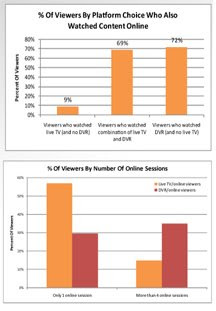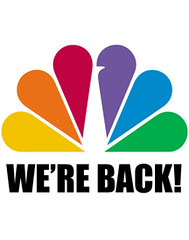
Now that most people are attempting to master the digital space, it's clearly time to think beyond it. That was the primary impression left by Dale Sprague, president of Canyon Creative in Las Vegas, while speaking to my Writing For Public Relations class at the University of Nevada, Las Vegas, last Thursday.
When Sprague, a designer and creative director who invested the majority of his career in print, product design,...


































